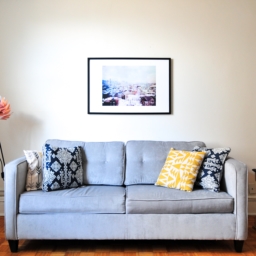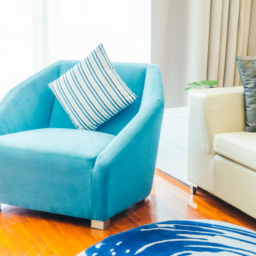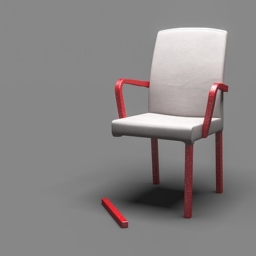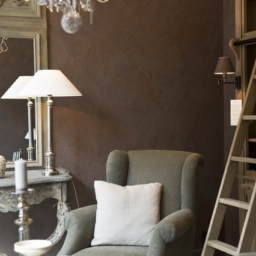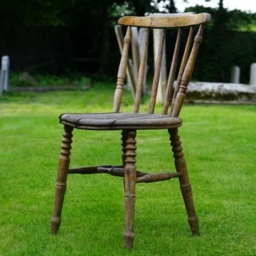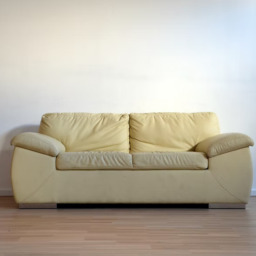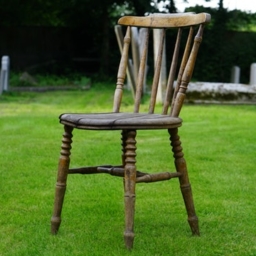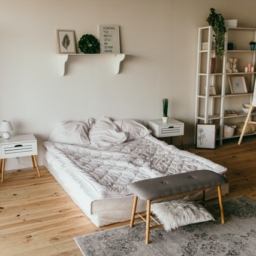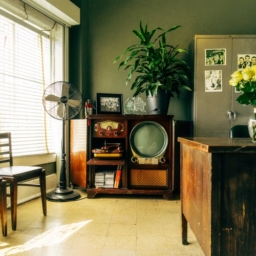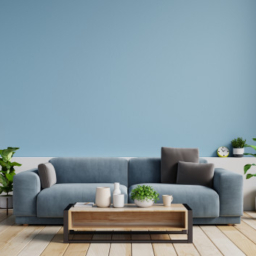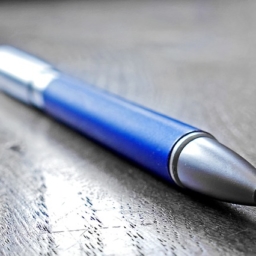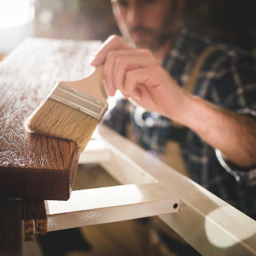Rubbing alcohol can be found pretty much anywhere and is a great alternative to using harsh chemicals in cleaners when you clean up your home. Rubbing alcohol is useful for removing gunk and can also help to disinfect surfaces safely. This is a big reason that many people keep it in their medicine cabinets. It is cheap yet effective, which makes it a great choice for many people.
However, rubbing alcohol can pose a hazard to some types of surfaces, namely wooden ones. Even if it is used in very small quantities, rubbing alcohol can do more than just stain the wood. It also acts as a solvent, which can destroy wooden furniture finishes upon contact. Solvents are designed to liquefy wood finishes, which include varnishes and stains. This means that it will strip away layers from your furniture, which damages its looks, integrity and overall value. The damage occurs instantly and is hard to repair except by a professional.
If you accidentally spill rubbing alcohol on wooden furniture, then you will need to wipe it off immediately. The longer it sits on the wood, the more damage the rubbing alcohol will do. Try not to rub the rubbing alcohol onto more surface area; instead, blot it away. Blot using absorbent material like a rag, sponge or paper towel. Wherever the alcohol comes into contact with the surface of the wood, it will damage the finish. Do not wipe the rubbing alcohol using newspaper, magazines or any paper that has dye on it. The solvent of the alcohol could leave ink stains on the wood as well.
After the rubbing alcohol has been removed from the wooden surface, you can begin restoring it. You can apply furniture oil to the damaged area. Squeeze a dot of oil on a clean rag and rub it in the direction that the wood grain goes in. Rub more in if needed to match the colour of the wood.
If rubbing alcohol has been allowed to dry on the wood, then make a paste using equal parts linseed oil and rottenstone, which is a gentle abrasive. Then rub the paste in the direction of the grain using a soft cloth. Hardware and paint suppliers will both have these ingredients for sale. Or, you can mix equal parts baking soda with lemon oil or mineral oil. If the area is dull, then you can buff using furniture wax. Using a paste wax will help match a shiny hard finish.
To avoid rubbing alcohol on areas you don’t want it, always place the bottle on a tray with sides to contain any spilled liquid while using it. You should always store it away from any heat sources or open flames and keep it out of reach of pets and children. Rubbing alcohol is flammable and toxic, so it has other negative concerns other than ruining your furniture.

